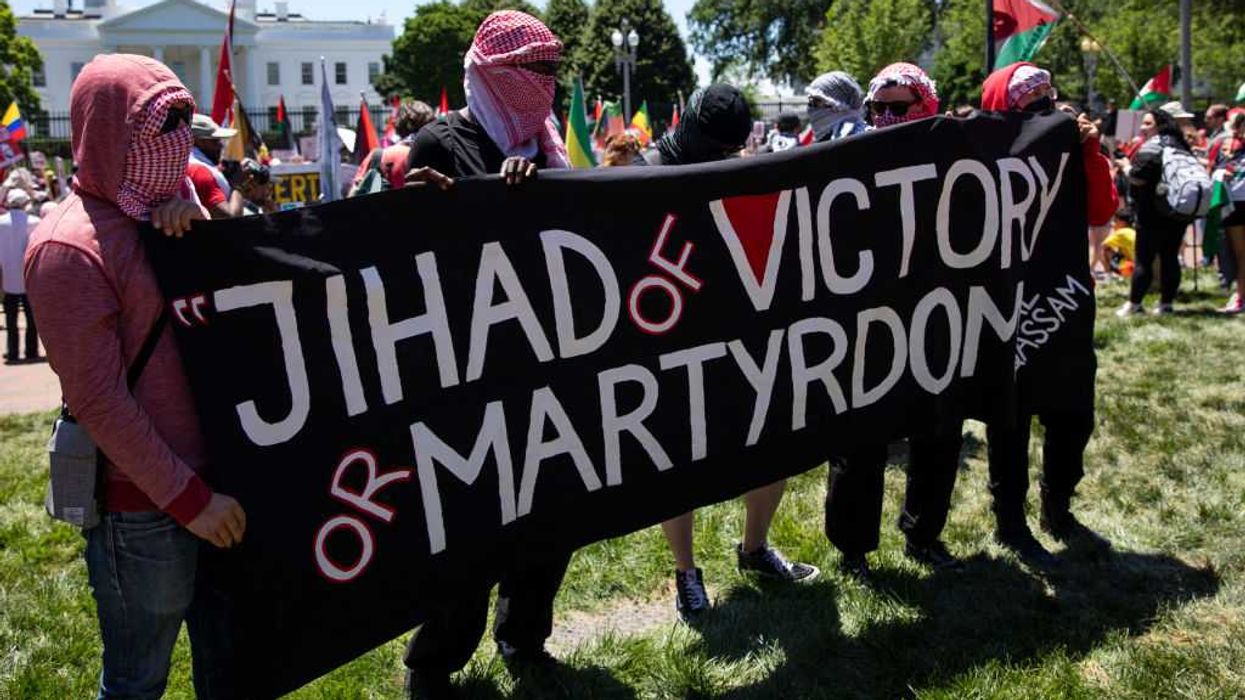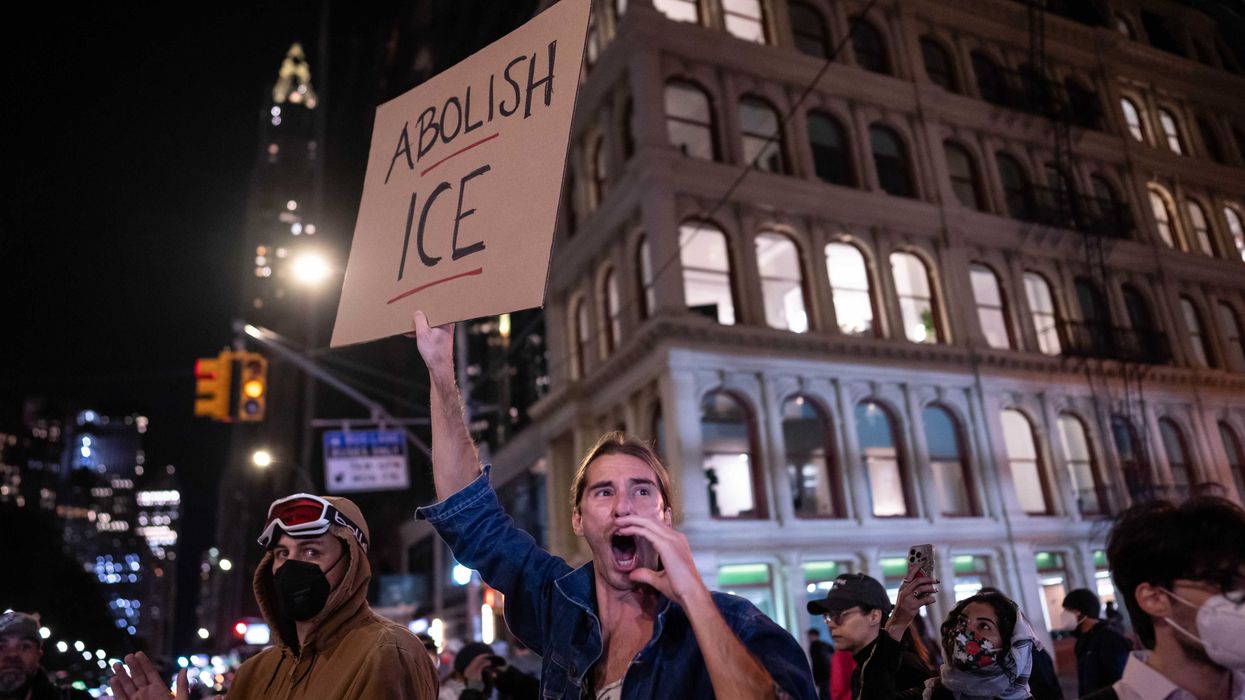Today, the United States celebrates Equal Pay Day. Started by the National Committee on Pay Equity in 1996, the April date is meant to symbolize how far into the new year women must work to earn what their male counterparts did in the previous year. The day is also always held on a Tuesday to “represent how far into the next work week women must work to earn what men did in the previous week.”
Across the country, businesses are using the day as an opportunity to offer symbolic discounts, such as a 20 percent discount to signify the 20 percent pay gap between men and women, or a 13.51 percent discount to signify the “pink tax” levied on women’s products like toiletries and clothing. Ending unequal pay has been loudly supported by celebrities like Oprah Winfrey and Amy Schumer. However, these efforts are all going to a nonexistent issue. The differences in pay can be attributed to a variety of factors that have nothing to do with gender itself.
Statistics like women earning “77 cents on the dollar” compared to men do not account for the differences in pay for jobs that tend me to be male or female dominated. Of course, if we compare the salary of a female teacher to that of a male account executive it will appear that women make less money, but the driving factor is not their gender, it is their profession. Given this, not only is the concept of “equal pay day” insulting to working women, it wastes resources and takes away from opportunities to advocate for genuine women’s issues, such as domestic abuse.
The discussion of equal pay is not a new one. President John F. Kennedy signed the Equal Pay Law in 1963, making it illegal to pay women less than men for the same job. Still, for decades, activists have been bemoaning the alleged pay disparity, certain that it is a result of rampant sexism preventing women from accessing the same professional opportunities.
However, when examining men and women of the same age and educational background in similar positions, it was actually found that women earned more than 97 percent as much as their male counterparts. While that 3 percent may be a result of unfair prejudice or sexist bosses and warrants acknowledgment, it paints a much different picture than the apparent wage gap crisis that warrants a national holiday.
When significant wage gaps do exist, the largest contributing factors are lifestyle choices, not gender.
When significant wage gaps do exist, the largest contributing factors are lifestyle choices, not gender. The highest paying jobs are often those that require long, inflexible hours. These are often the types of jobs taken by those who usually do not have caregiver responsibilities outside of the workplace --- usually men. This helps explain why lawyers, known for their long hours and high pay, have a large gender wage gap but pharmacists, also high-paying but with more consistent hours, do not. Men also disproportionately make up the majority of fields that have associated safety risks but high pay, such as logging, working in oil fields, or construction.
Making the choice to have a child also significantly impacts a woman’s pay. The associated time off, or even the decision to stop working while children are in school, results in a massive drop-off in lifetime earnings.
Women with children earn 20 percent less than their male counterparts over the course of their career. However, this is not a result of rampant sexism, but instead a result of personal tradeoffs made by the mothers in question. Childless women have earnings on par with men’s salaries. While this “mother penalty” may seem unfair, it is a direct result of biology and choice, and not a result of sexism in the workplace.
It is extremely insulting to think that women need to rely on additional legislation to succeed professionally.
The concept of “equal pay day” contributes to sexism by promoting the idea that women cannot succeed on their own, and it’s spreading a dangerous systemic mindset that women need assistance to get ahead: even women studying at Harvard believe that they are being set up for lower wages. Despite already having the law behind them, women enter the workforce with a preconceived notion that no matter how hard they work, they will not be able to “catch up” to their male counterparts.
This does not align with the feminist and pro-female mentality that Equal Pay Day claims to embody. In a country where women are more likely than men to get a college degree, it is extremely insulting to think that women need to rely on additional legislation to succeed professionally.
By raising awareness of a nonexistent issue, Equal Pay Day is not only promoting a defeatist attitude among women, it is taking away resources from issues that truly affect women and deserve national attention --- sexual assault and domestic abuse, for example. While the Equal Pay Law was reasonable to institute in 1963, it’s time to stop pretending that sexism is the reason for the difference in pay, and look instead to the issues that are truly driven by sexism and hate.

 AASHISH KIPHAYET / Contributor | Getty Images
AASHISH KIPHAYET / Contributor | Getty Images
 Harold M. Lambert / Contributor | Getty Images
Harold M. Lambert / Contributor | Getty Images Adam Gray / Stringer | Getty Images
Adam Gray / Stringer | Getty Images Anadolu / Contributor | Getty Images
Anadolu / Contributor | Getty Images